Yoko Ono

b. Tokyo, Japan | 1933
“Artists must not create more objects. The world is full of everything it needs.” – Yoko Ono
“After unblocking one’s mind by dispensing with visual, auditory, and kinetic perceptions, what will come out of us?” Yoko Ono asked in her 1966 essay “To the Wesleyian People,”“Would there be anything? I wonder. And my Events are mostly spent in wonderment.” In this FSA Inspiration, we highlight Japanese-American artist Yoko Ono, a formidable artist and musician, a forerunner of experimental and collaborative art forms within Dada, Happenings, and Fluxus movements. A new retrospective on her work, “Yoko Ono: Music of the Mind” is at London’s Tate Modern until September 2024.
A female immigrant tutored in Buddhism, Christianity, and piano, Ono has been a lifelong visionary and advocate for global peace and humanitarian concerns. Moving to the States at eighteen, she began her American education at Sarah Lawrence College, where she started creating her “Instructional Pieces,” publishing her story “A Grapefruit in the World of a Park” in the college newspaper, which would foreground “Grapefruit,” (1964) her earliest volume of scores. Remarks MoMA curator Christophe Cherix, “The grapefruit, a citrus hybrid, would soon become a metaphor for hybridity in Ono’s work, conveying both a personal point of view—her crossing of the Eastern and Western worlds—and a new artistic approach able to combine existing disciplines.” Entering New York in the 1950s, Ono’s “hybridity” was an ideal match for the current art world’s milieu of Marcel Duchamp, Allan Kaprow, John Cage, and George Machunas alongside D.T. Suzuki, a lecturer in Zen Buddhism at Columbia, frequented by her avant-garde circles.
Renting a loft on Chambers Street in 1960, Yoko Ono hosted artist gatherings and performances with La Monte Young over six months, where art world figures such as Robert Rauschenberg, Peggy Guggenheim, and Jasper Johns attended. While Ono collaborated with artists for the Chambers Street Loft Series, she featured her solo work at Fluxus Founder George Maciunas’s AG Gallery on Madison Avenue. Art historian Jonathan Fineberg remarks that Ono’s “works from this period were like Zen koans, instructions that confounded reason but evoked insight through intuition, transcending the intellect.” For example, in “SUN PIECE” (1962), she instructs, “Watch the sun until it becomes square.” These conceptual directives or Fluxus “scores” are highly poetic – “fabricating consciousness” with her primary art material – ideas. Not only does she form her artwork entirely in her mind, but she requires you, her audience, to complete it by imagining or participating in it with her, affirming the Duchampian imperative “that no work of art is finished until completed by the spectator.”
